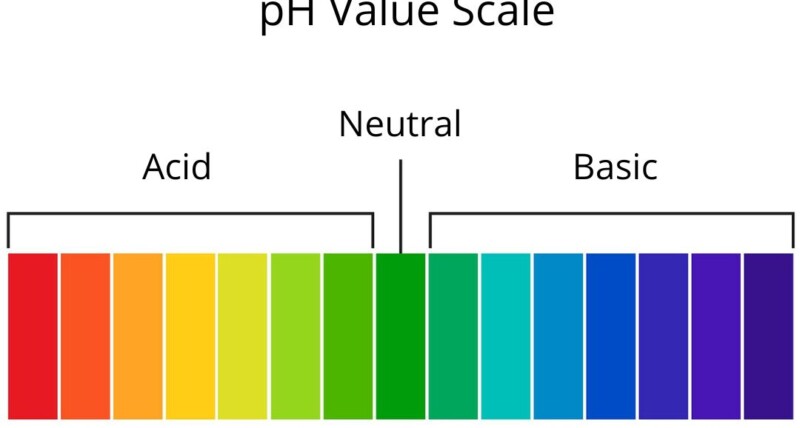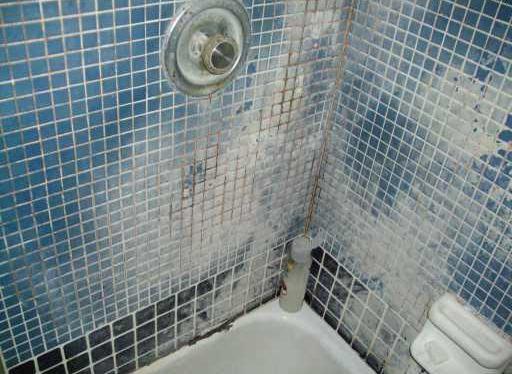[et_pb_section fb_built=“1″ _builder_version=“4.16″ global_colors_info=“{}“ theme_builder_area=“post_content“][et_pb_row _builder_version=“4.16″ background_size=“initial“ background_position=“top_left“ background_repeat=“repeat“ global_colors_info=“{}“ theme_builder_area=“post_content“][et_pb_column type=“4_4″ _builder_version=“4.16″ custom_padding=“|||“ global_colors_info=“{}“ custom_padding__hover=“|||“ theme_builder_area=“post_content“][et_pb_text _builder_version=“4.19.5″ background_size=“initial“ background_position=“top_left“ background_repeat=“repeat“ hover_enabled=“0″ global_colors_info=“{}“ theme_builder_area=“post_content“ min_height=“574.8px“ sticky_enabled=“0″]
Shortly after the last water column appeared, I received the laboratory results of a water sample from well water from a finca in the interior of Mallorca.
First of all, the document read very well, high pH value and few pollutants. But an extremely high number of bacteria scared me.
In 100 ml of water, 232 Escherichia coli (coliform bacteria) and 4 bacteria called Pseudomonas aeruginosa were counted. The latter shocked me because this bacterium is a dangerous hospital germ that is resistant to several antibiotics. (Source Wikipedia)
How do such bacteria get into the water on land?
Coli bacteria can come from both humans and animals. The liquids from septic tanks and the manure from animal husbandry end up in our groundwater.
But how does a hospital germ get into the water?
The Hospital Manacor is only a few kilometers away from this finca. It is conceivable that underground watercourses carry the germ from there.
No matter how, my recommendation, according to the last column, is to have well water tested again and again and to disinfect the water depots.
This means that water treatment on Mallorca is extremely important.
[/ Et_pb_text] [/ et_pb_column] [/ et_pb_row] [/ et_pb_section]




